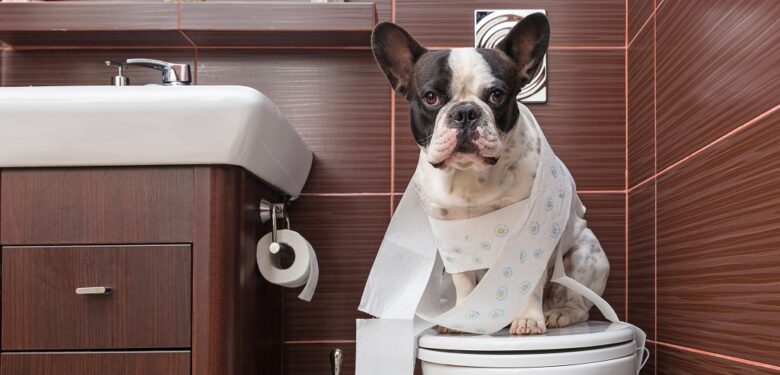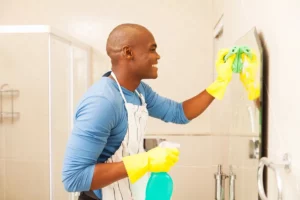Keeping the bathroom clean and safe is important in any home, but even more so when pets are involved. Keeping your pets clean is as important to their health and happiness as it is to ours. Pet owners should also consider the safety of the items and methods they use to clean their bathrooms. Here are some practical tips that pet owners can use to keep their bathroom clean and safe, ensuring the health of their entire family.
Discover the Problem:
Having pets, especially cats and dogs, can make a home more interesting, but it can also make it more difficult to keep it clean. Being a pet owner is not easy. Litter boxes, pet hair and accidents happen. In addition, many popular cleaning products contain chemicals that can be harmful to pets if they eat or inhale them.
Routine Maintenance to Keep it Clean:
1. Pet-Safe Cleaning Products: Choose natural cleaning products that are safe for pets and protect them from exposure to dangerous chemicals. Many cleaning jobs can be accomplished with vinegar, baking soda, and mild dish soap instead of using harsh chemicals.
2. Clean the Litter Box Regularly: Cat owners should keep the litter box clean. To keep it clean and fresh, pick up the trash every day and replace it regularly. For easier maintenance, place the litter box in an area that is easy to clean, such as on a flat floor.
3. Deal with Pet Hair: Pet hair can build up quickly, especially in small spaces like bathrooms. Wipe floors, rugs and other surfaces regularly with a damp cloth or a vacuum cleaner containing pet hair.
Safety Precautions:
1. Store Cleaning Supplies Safely: Keep all cleaning supplies (especially those that are not pet-safe) in a cupboard or on a shelf, out of the reach of pets. This prevents people from accidentally eating or being exposed to harmful chemicals.
2. Toilet Lid Safety: Keep the toilet lid closed to prevent pets from drinking toilet water. If you do, they could ingest cleaning products that are harmful to them, or even drown if they are small.
3. Non-Slip Surfaces: Place non-slip mats in the bathroom so pets don’t slip and get hurt on wet floors. This is especially important for older pets or pets with limited mobility.
Deep Cleaning is Good for Health:
1. Focus on High-Touch Areas: To prevent the spread of germs, use pet-safe cleaners to clean commonly touched areas such as doorknobs and faucet handles.
2. Ventilation: Adequate ventilation is important, especially after cleaning or using anything that can give off fumes. This helps eliminate toxic gases and reduces the chance of people or pets developing respiratory problems.
3. Wash Pet Supplies: To prevent the buildup of bacteria and odours, wash bedding, toys and any grooming supplies that may be washed frequently. Make sure you use a pet-safe detergent and let everything dry completely before letting your pet use it again.
New Ideas for Solutions:
1. Pet Barrier: If you don’t want pets in the bathroom when you’re not around, you may want to install a pet barrier or baby gate. This is especially important if you are using cleaning products or if there are other hazards in the room.
2. Toiletries Designed for Pets: Buy safe and practical grooming and storage products designed specifically for pets. Pet wipes are a quick and safe way to clean your pet’s paws or coat after a walk.
3. Air Purifier: Air filters can help remove pet hair, dander and odours from the bathroom, making the entire home healthier for everyone.
Conclusion:
Ensuring that pet owners have a clean, safe bathroom takes a little more work and thought, but it is well worth it for the health and safety of the dog and his or her family. Pet owners can keep their bathroom clean and safe by using pet-safe cleaning products, regular maintenance and other safety measures. Always remember that our goal is to create a clean and comfortable home where you and your pet can thrive.

